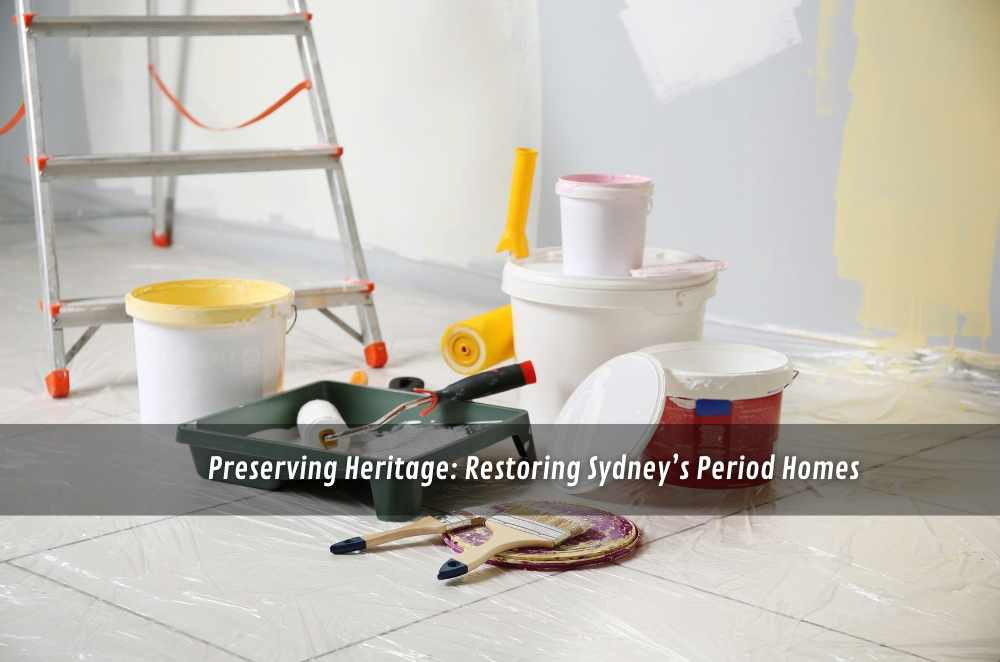
When you picture painting a building, you probably imagine blue skies, summer warmth, and plenty of natural light. But in Sydney’s relatively mild climate, winter can actually be the smartest time to take on commercial painting, especially for interiors or light-traffic exteriors.
While many businesses hold off until spring or summer, hoping for better conditions, those who act in winter often reap the rewards: more availability, better contractor pricing, and far less disruption to daily operations. The irony? Waiting for “better” weather could actually cost you more.
That’s exactly what we realised last July, when a nearby office block took advantage of winter to repaint its common areas. Their contractor wasn’t rushed, the staff weren’t in the way, and they wrapped up the entire job in a single off-peak week. That got us thinking — and by the following Monday, we’d booked a crew of seasoned commercial painting contractors to update our reception area. Best decision we made all year.
Sydney’s winter offers ideal indoor painting conditions
You’d be surprised how well paint behaves in winter, at least in Sydney. The city’s winter is cooler, yes, but it's also dry and consistent. That means paint adheres evenly, dries cleanly, and doesn’t suffer from the problems caused by summer humidity or unpredictable rain bursts.
Why winter suits commercial interiors:
Lower humidity improves drying consistency
Fewer people on-site reduces disruption
Contractors have more availability during the off-peak season
Paint odours dissipate faster with cooler air and good ventilation
We’ve seen managers use winter to repaint foyers, stairwells, boardrooms, and shared bathrooms. They do it while staff are on winter holidays, or while certain wings of the building are quieter. It’s efficient and quiet.
Exterior painting still works — if you’re smart about it

It’s true: winter can complicate outdoor painting. But in Sydney, we’re not dealing with frost or heavy snowfall — just cooler temperatures and occasional damp mornings. That’s manageable with the right prep.
Smart exterior strategies for winter:
Begin jobs late morning to avoid surface dew
Use quick-dry paints made for cooler climates
Watch the forecast to time surface prep and painting phases
Paint walls that get sun exposure first; save shaded areas for drier days
Experienced contractors will also know their way around regulatory requirements. For commercial projects, the work must be done by certified professionals with a painting licence in NSW. These rules ensure safety, durability, and environmental compliance, especially on large commercial sites.
We’ve worked with painters who plan their week around the winter forecast — prioritising exteriors in dry windows, then switching to interior prep or finish work on colder days. That kind of planning separates the pros from the cowboys.
Winter gives you a strategic lead before spring hits
Let’s be honest — spring is chaos in the trades. Everyone wants work done. You’re suddenly competing with schools, retail shops, apartment complexes, and government sites, all scrambling for painters. Prices spike, timelines stretch, and what was a 5-day job turns into three weeks of quote requests and delays.
Benefits of acting before spring:
Lock in better prices during the low-demand season
Secure premium contractors before their schedules fill up
Be ready for leasing campaigns, inspections, and relaunches
Avoid service delays and supplier bottlenecks
Winter gives you breathing room. You can plan ahead, secure your preferred contractor, and get the work done at a time that suits your business, not the market.
Lower foot traffic means fewer interruptions
Another overlooked advantage of winter painting is simply… people. Or more specifically, the lack of them. Whether you're managing a gym, a childcare centre, or a business hub, winter often brings fewer visitors, slower walk-ins, and reduced foot traffic. That’s golden if you need to paint high-traffic zones.
Why lower occupancy matters:
Fewer people means painters move quicker
Zone closures don’t interfere with operations
Reduced noise complaints and rescheduling issues
Greater safety and efficiency for commercial sites
We underestimated just how much of a difference technique and surface prep could make — but that’s the kind of insight you only get when you’ve gone through the process of hiring a professional painter who knows what to look for beyond colour choice.
The quiet season is perfect for preparation and planning
What makes winter so appealing is also what makes it practical. The slower pace lets you plan more strategically. You’re not rushing to get the job done between events or client visits — you can work out the colour palette, the order of rooms, and the prep steps without pressure.
It’s also the perfect time to audit your paint conditions. Are the walls fading from sun exposure? Is signage starting to peel? Are there water stains in the stairwell that need treatment before repainting? Catching these issues in winter sets you up to solve them before they become visible problems in the warmer months.
Of course, none of this works without asking the right questions. And in winter, those questions matter even more. What type of paint are you using? Is it rated for low-temperature applications? Will the job affect heating vents or HVAC airflow? Are you prepared to work around weekend trading hours or early morning dew? These conversations lead to smoother projects and better results.
Final thoughts: prep well, act early, and choose wisely
Before jumping into a winter painting project, it’s worth taking a closer look at your space. Move the equipment a safe distance from the walls. Clean your surfaces — dust, oil, and debris can compromise paint adhesion, even indoors. Make sure your ventilation is in check, especially for oil-based or commercial-grade paints. And don’t forget to brief your team about access times, project zones, or any quiet hours needed during the works.
The truth is, winter painting isn’t about rushing through just to beat the seasons. It’s about using the quieter period to your advantage — to plan, schedule, and execute a commercial paint job without the usual chaos. Done right, winter projects are faster, more cost-effective, and less stressful than their summer equivalents.
Most importantly, work with a team that’s properly licensed and understands Sydney’s seasonal quirks. We only realised how many little things we’d overlooked — like warranty terms and VOC compliance — after reading up on what most clients miss before hiring a painter in Sydney. It made us rethink how we assessed quotes and who we trusted with the job.











Write a comment ...